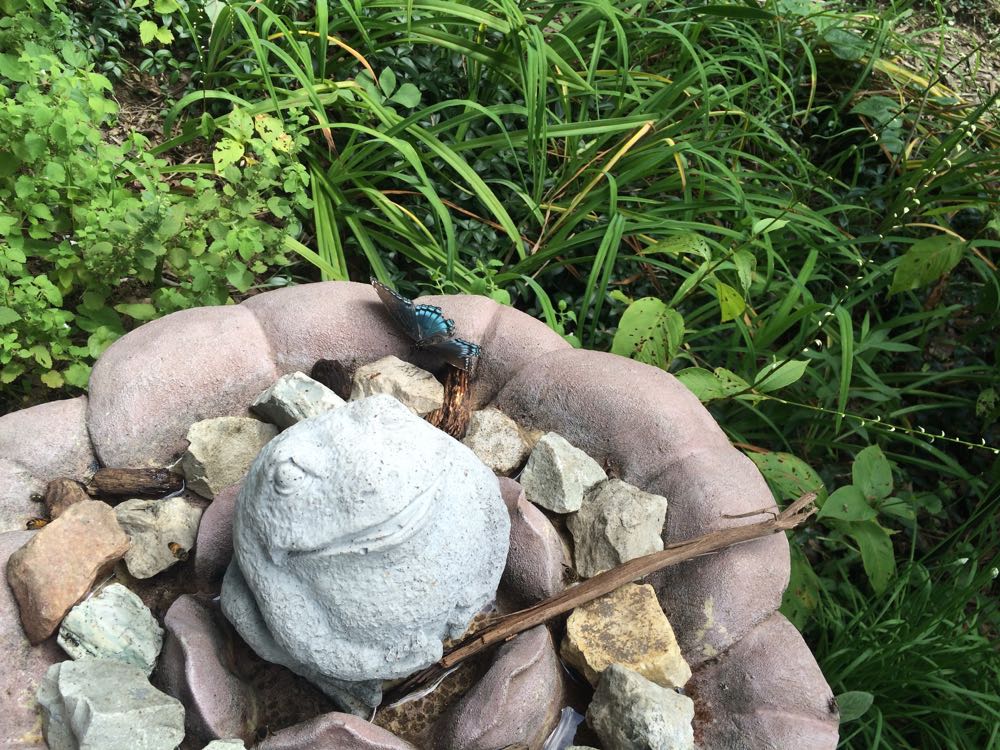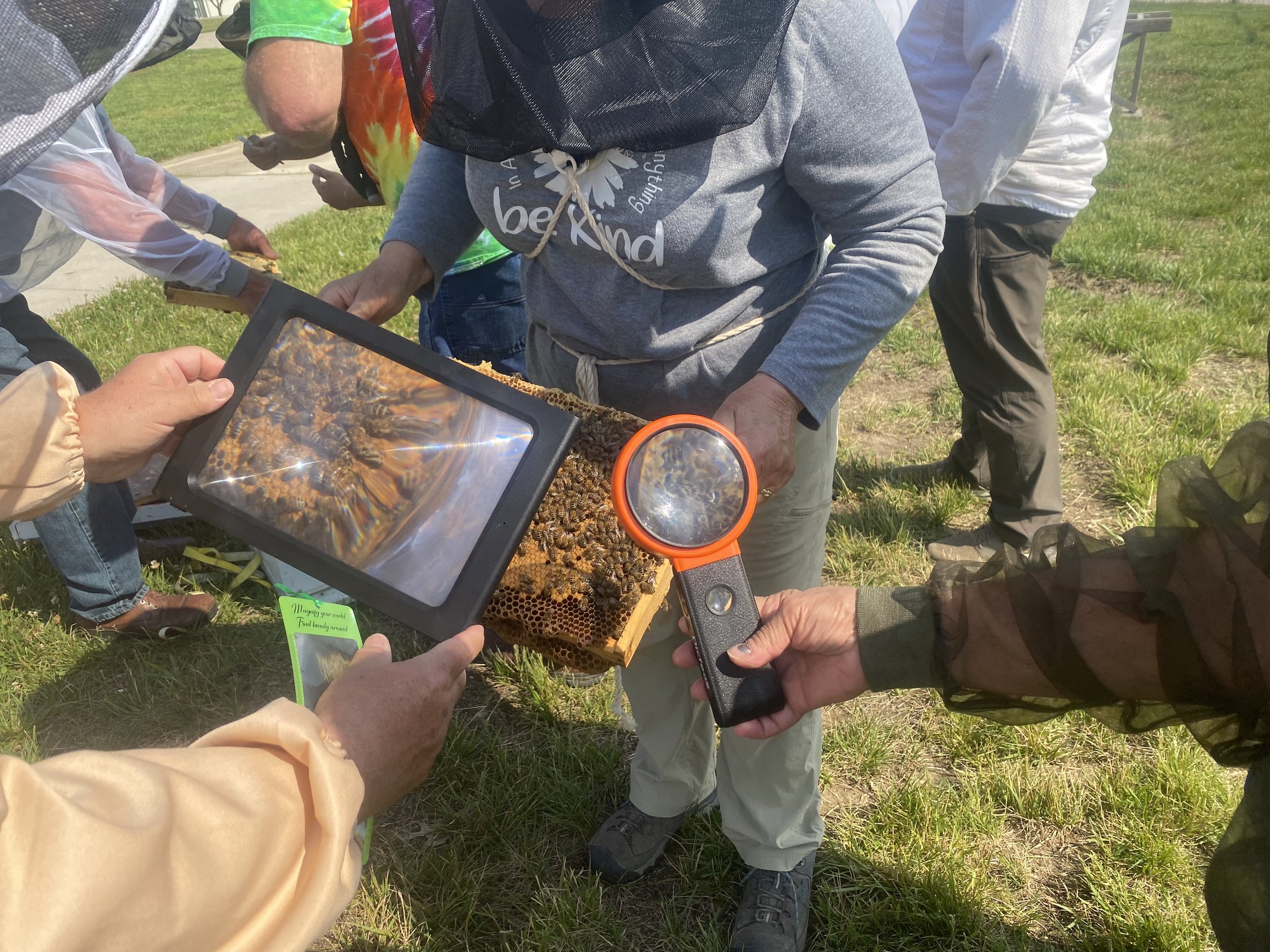Warm Winter Beekeeping Days
/Watching one of my honeybee colonies during a warm Missouri winter day.
Warm Winter Beekeeping Days
Well first, this is a bit of an oxymoron. It's the middle of a Missouri winter; we shouldn't be having warm days to be beekeeping. Nevertheless, this has been a warmer than usual winter. One of our local weather forecasters said on the average, our temperatures this winter have been 10 degrees warmer than average, a fact that gives me pause as I think about all of my little fruit trees trying to set buds on the warm days that pop up in between the more cold, wintery ones.
On this particular day, I chose to set all of those worries aside and putter around my bees. Maybe puttering is not the best word to use, it was more like sitting back and relaxing while I watched them putter.
On warm winter days, bees house clean. Between dragging out dead bee bodies and taking cleansing flights, they also forage for food. Without any blooming flowers, I sprinkle a little pollen substitute on their hive entrances to give them something to pack back inside.
My honeybees were packing the pollen substitute I left at the entrance to their hive.
If you are new to beekeeping, this is why I suggest you carefully consider where you are placing your hives. Although it is tempting to place them as far away as possible, I prefer to have mine close so I have easy access to them and can see them from my house. I can't imagine not visiting my colonies every day, even in cold weather.
What is there to see? I check hive entrance reducers to make sure they are secure, and that the black wind break wrapping is still on tightly. I know, poor excuses, but I once had a telescoping top fly off. I still find solace in looking out of a window on a cold morning and seeing everything is safely covered up.
When I have the chance to be outside on a warm, sunny winter day, no need for an excuse. There is something quite special to be able to watch them at a time when both of us should be holed up inside our respective homes.
My favorite moment, when bees land on my foot so I can see them up close!
As I enjoyed the time in the sun, so did my bees. One stopped by to check out my old gardening shoes. Just as I was wondering what bees do when they don't expect to be out, I am sure she was wondering what I was doing wearing gardening shoes when I was not out gardening and planting more pollen sources for her.
Wonder what kind of waggle dance bees do to express an oxymoron. Maybe a backwards dance??
Charlotte



















































